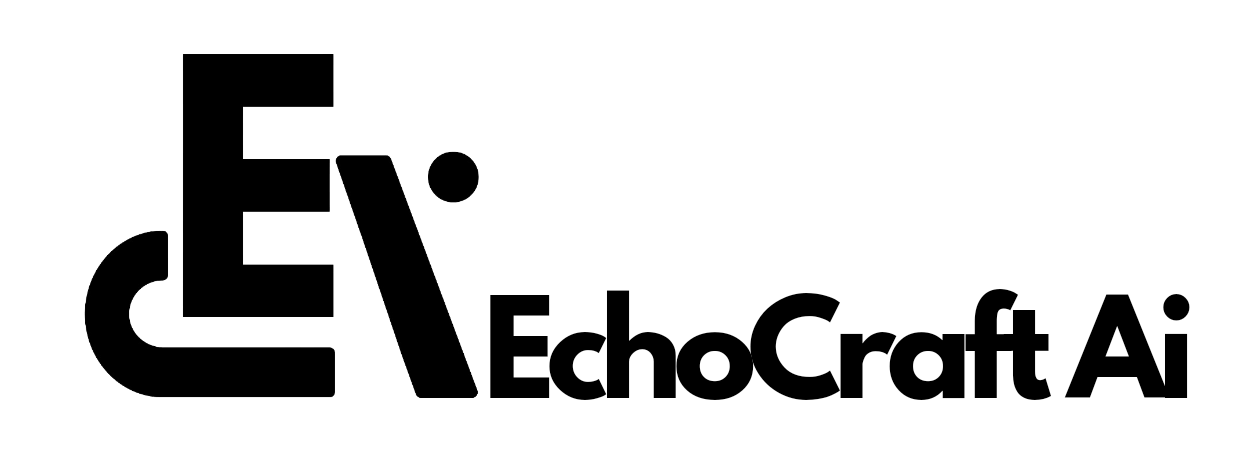Alibaba’s Qwen team has officially launched Qwen VLo, its latest AI model for image generation and editing.
Highlights
- Free and Accessible: Qwen VLo offers AI-powered text-to-image, image-to-image, and inline image editing for free—no login required.
- Speed and High API Limits: The model delivers faster generation times and higher API rate limits compared to Google’s Imagen 3 and OpenAI’s DALL·E 3 (as of mid-2025), making it attractive for batch generation.
- Versatile Image Editing: Users can perform open-ended inline edits, such as changing weather, adding styles, or modifying uploaded images—all while preserving original composition.
- Multilingual Support: Qwen VLo understands prompts in English, Chinese, and potentially more languages in future updates, expanding its global usability.
- Advanced Vision Tasks: Beyond creative generation, Qwen VLo supports computer vision functions like edge detection, segmentation, and visual reasoning tasks.
- Improved Text Rendering: The model shows better text rendering accuracy within images, benefiting use cases like poster creation and social media graphics.
- Dynamic Aspect Ratios: Users can input custom aspect ratios like 4:1 or 1:3, with full support for dynamic outputs currently in development.
- Progressive Image Generation: Qwen VLo builds images sequentially (top-to-bottom or left-to-right), offering more control and real-time preview during rendering.
- Multi-Modal Input: The tool allows users to upload existing images and refine them with text prompts—enabling object removal, style transfer, and contextual editing.
- Open Source Under Alibaba License: Qwen VLo is released under the Alibaba Open Model License, allowing developers and researchers to fine-tune or deploy the model with usage constraints.
- Vision-Language Capabilities: As part of the Qwen-VL series, the model offers visual reasoning features like caption generation, image-based Q&A, and grounding tasks.
- Immediate Web Access: Users can try Qwen VLo now through Alibaba’s official online chat interface with no user account required for basic features.
As the successor to the Qwen 2.5 vision-language model, Qwen VLo is a step by Alibaba’s strategy to compete in the global generative AI space, alongside players like Google and OpenAI.
Versatile Features
Qwen VLo offers a wide range of functionalities, including both text-to-image and image-to-image generation. Users can also perform inline editing—modifying generated images or uploading their own for AI-driven enhancements.
Unlike many competing tools, Qwen VLo is available for free, and users don’t need to log in to access its capabilities. The platform can handle prompts in multiple languages, including English and Chinese, broadening its accessibility for global users.
Performance, Speed, and Rate Limits
In terms of performance, Qwen VLo delivers faster generation times and higher API rate limits than some of its high-profile competitors. Internal benchmarks suggest it generates images more quickly than Google’s Imagen 3 and OpenAI’s DALL·E 3 (as of mid-2025).
When it comes to fine image quality and instruction-following precision, Qwen VLo still trails behind these models. That said, its speed, accessibility, and volume-friendly limits may appeal to users who prioritize quick turnarounds and batch generation.
Enhanced Editing and Image Understanding
One of Qwen VLo’s standout improvements lies in its image understanding and editing accuracy. The model handles inline structural edits with better consistency, reducing distortions during content modifications.
Users can apply open-ended changes such as “change the weather” or “add an artistic style,” and the AI adjusts elements while preserving the original composition. This is particularly useful for creators who want to refine or iterate on visuals without re-generating from scratch.
Expanding Vision-Based Capabilities
Beyond creative tasks, Qwen VLo introduces a suite of computer vision functions, such as edge detection, semantic segmentation, and prediction mapping.
These tools make the model suitable for research, design workflows, and AI-powered content analysis—areas typically reserved for more specialized vision models.
Text Rendering and Aspect Ratio Flexibility
Addressing a common challenge in AI image generation, Qwen VLo shows notable improvements in text rendering within images. Tests indicate better accuracy across fonts, styles, and placement, making the tool viable for poster design, social media graphics, and meme generation.
Another area of progress is dynamic aspect ratio support. Qwen VLo accepts non-standard input dimensions, such as ultra-wide (4:1) or tall vertical formats (1:3).
While output generation for custom aspect ratios isn’t available yet, Alibaba has confirmed that this feature is currently in development.
Progressive Image Generation Workflow
Unlike models that generate entire images at once, Qwen VLo adopts a sequential generation process, building images top-to-bottom or left-to-right.
This approach offers users more control over the rendering pipeline and allows for real-time preview and adjustment as the image progresses.
Multilingual and Multi-Modal Input Support
A key feature of Qwen VLo is its multilingual prompt handling. Users can issue instructions in English, Chinese, and potentially more languages in future updates.
Furthermore, the model supports multi-modal input, allowing users to upload existing images and refine them using text-based prompts. This enables tasks like object removal, style transfer, or contextual editing—all handled within a single AI workflow without the need for third-party tools.
Open Source and Licensing Details
Qwen VLo has been open-sourced under the Alibaba Open Model License, a framework tailored for AI foundation models. This allows developers, researchers, and businesses to fine-tune, deploy, or customize the model for their own projects, as long as they adhere to the license terms.
Vision-Language AI and Visual Reasoning
As part of Alibaba’s Qwen-VL (Vision-Language) series, Qwen VLo offers multi-modal reasoning capabilities.
It can not only generate and edit images but also answer questions about images, generate captions, and perform visual grounding tasks—providing contextual understanding between text and visuals.
Availability and User Access
Qwen VLo is currently accessible through Alibaba’s official chat interface, with no login required for basic use.
Its combination of speed, free access, and growing feature set positions it as a strong alternative for users seeking quick and bulk AI image generation or editing, especially without the barriers commonly found on commercial platforms.


